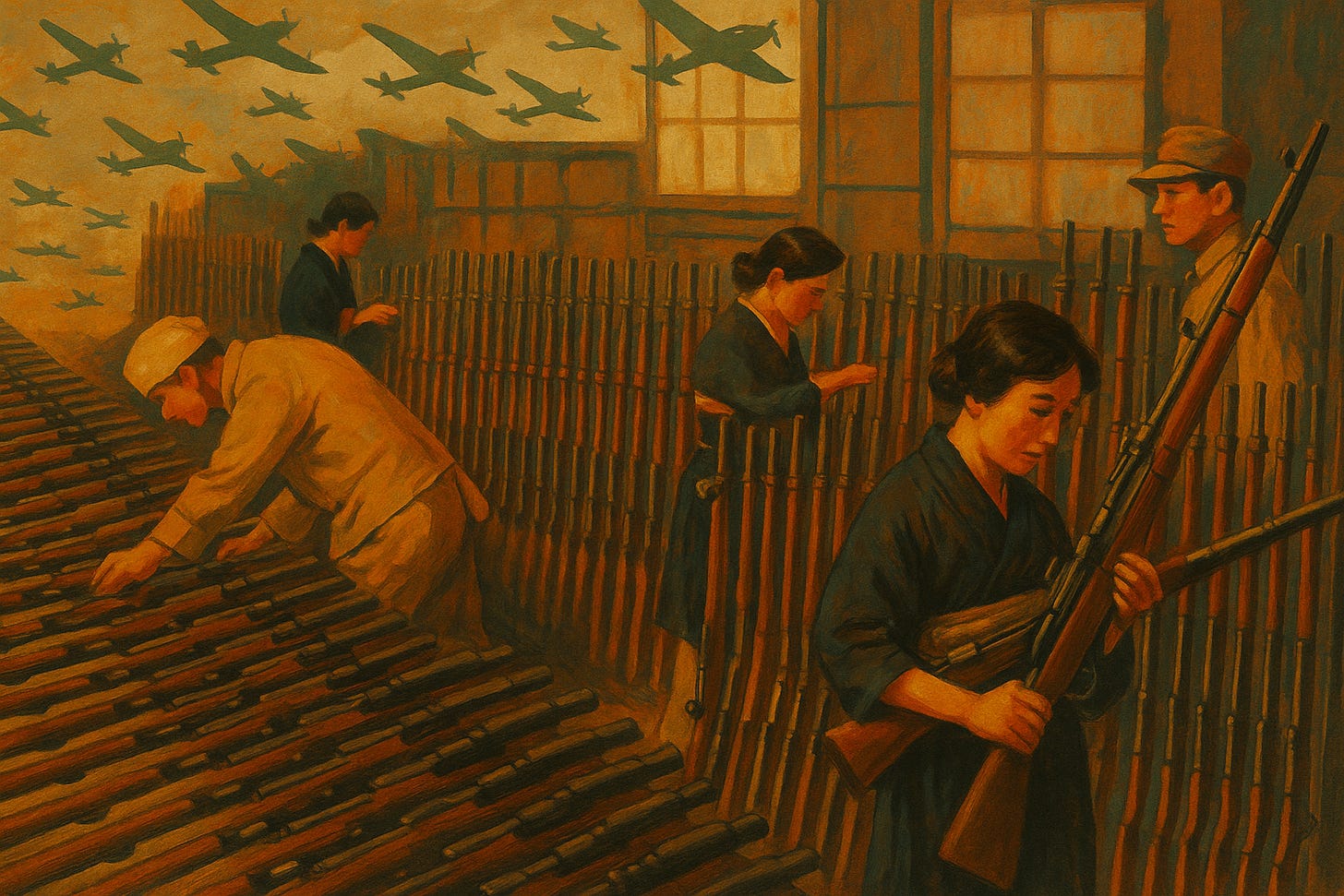Transformation of “Wa” and Absolute Obedience
Invisible Japanese Totalitarianism
This article examines how the concept of “Wa” (和), which can be considered synonymous with “Japanese totalitarianism,” has historically been utilized as a philosophy of governance to control the population and continues to exert influence today. The reason for focusing on “Wa” is that Japanese totalitarianism seems fundamentally distinct from totalitarianism in other nations, and by presenting this critical concept, readers will deepen their understanding.
First, the idea of Wa is not a modern creation but traces far back into Japanese history. Traditionally, “Wa” has been regarded as a Japanese virtue, famously encapsulated in the Seventeen Article Constitution written by Prince Shōtoku (聖徳太子, 574-622), particularly in its first article stating, “Wa (harmony) is to be valued above all” (和を以て貴しと為す). This principle advocates “avoiding conflict and valuing cooperation above all.” The reason Prince Shōtoku included this directive, as frequently discussed in Shitsurae, is because his era was characterized by intense conflict over the acceptance of Buddhism. Thus, this statement can be interpreted as indicative of the earliest totalitarian tendency in Japanese history, shaped alongside the pro-Buddhist ideologue and powerful shadow ruler, Soga no Umako, during Empress Suiko’s reign.
Yet, historically, the concept of Wa was originally intended as a gentle ideal, aiming for the maintenance of order and harmony through peaceful dialogue rather than confrontation. However, modern interpretations of Wa have drastically transformed into passive conformity, exemplified by behaviors such as “sontaku” (忖度, reading between the lines) and “reading the air” (空気を読む), aimed primarily at avoiding social friction. This fundamental shift is critical to understanding the difficulty inherent in grasping Japanese totalitarianism. Essentially, Wa began as a proactive principle based on mutual respect and cooperation but gradually degenerated into an ethos requiring one to suppress individuality and submissively follow others.
This significant transformation of Wa, although initially catalyzed by the Confucian influences of the Edo period, will be examined more closely from the Meiji Restoration onward for clarity. This period was crucial, as the concept of Wa was progressively reshaped into a convenient tool for governance by the ruling authorities in the process of modern nation-building. Particularly noteworthy is the “Great Teaching Proclamation” (大教宣布の詔), issued as part of the State Shinto (国家神道) policies of the 1870s, which directly inculcated among the populace the value of “absolute obedience to the Emperor,” encapsulated in the term “Zuijun” (随順), a concept with its origins rooted deeply in mythological times.
In short, throughout the Edo period, Wa steadily transformed and was then appropriated by the Meiji government as it laid the foundations of a modern nation-state. It masqueraded as a traditional value, yet effectively emphasized unconditional obedience to the Emperor as a fundamental civic virtue. This directly influenced the behavior of Japanese citizens during World War II.



